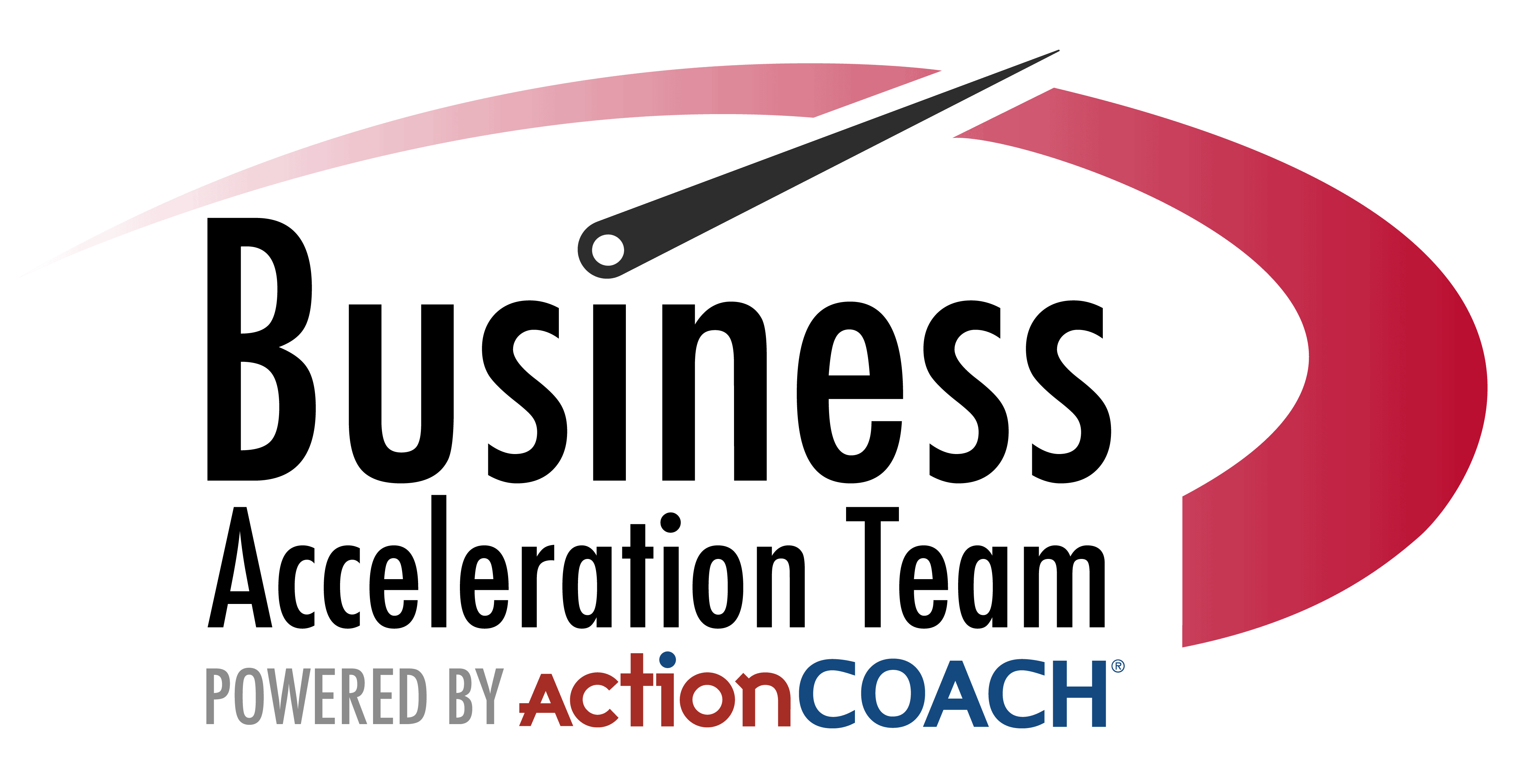16 Jun Tech Without a System = Expensive Confusion
I want to share a story that might just change the way you look at technology within your business. Picture this: you’ve got all the latest gadgets, software, and tools at your fingertips. Sounds like a dream, right? But what if I told you that without a proper system in place, all that tech could become your worst nightmare?
Let’s dive into the heart of the matter. Technology, in all its glory, is designed to make our lives easier, our tasks quicker, and our businesses more efficient. But here’s the kicker – without a well-thought-out system to integrate and manage it, you’ll find yourself drowning in a sea of confusion, and worse, hemorrhaging money.
I’ve seen it time and time again. Businesses get caught up in the excitement of the digital age. They invest in high-end software, fancy tools, and devices that promise the moon. But soon, they realize they’re not even getting off the ground. Why? Because they’ve overlooked the golden rule: technology is only as good as the system that supports it.
Imagine trying to navigate a city you’ve never visited before, but instead of a map, you’re given a bunch of random street signs, all pointing in different directions.
That’s what it’s like to have a bunch of disconnected tech tools in your business. You might have the best GPS, the fastest car, and the clearest roads, but without direction, you’re just burning fuel.
Now, let’s flip the script. Think about a symphony orchestra. Each musician is incredibly talented, and their instruments are top-notch.
But without a conductor to guide them, the result is a cacophony, not a symphony. The same goes for technology in your business. You need a conductor – a system – to harmonize all those tools and create a masterpiece of efficiency and productivity.
So, how do you avoid this expensive confusion? It starts with a strategy. Before adding any new piece of tech to your arsenal, ask yourself:
1. How does this fit into my overall business goals?
2. Can it seamlessly integrate with my existing tools?
3. Will it genuinely improve efficiency or just complicate processes?
And most importantly, have a plan for training your team. The fanciest tech is useless if no one knows how to use it effectively.
In conclusion, don’t let the allure of shiny new tech gadgets blind you to the necessity of a cohesive system. It’s not about having the most tools; it’s about having the right tools working together.
So, before you whip out the company credit card for the next big tech thing, stop and think about the system you have in place. Your wallet – and your sanity – will thank you.
Remember, a strategic approach to technology is not just a good practice; it’s a game-changer for your business. Let’s embrace tech with a plan, not just as a collection of expensive toys. Here’s to building a system that turns your technological investments into the assets they were meant to be!
Until next time, keep your tech smart and your systems smarter.











